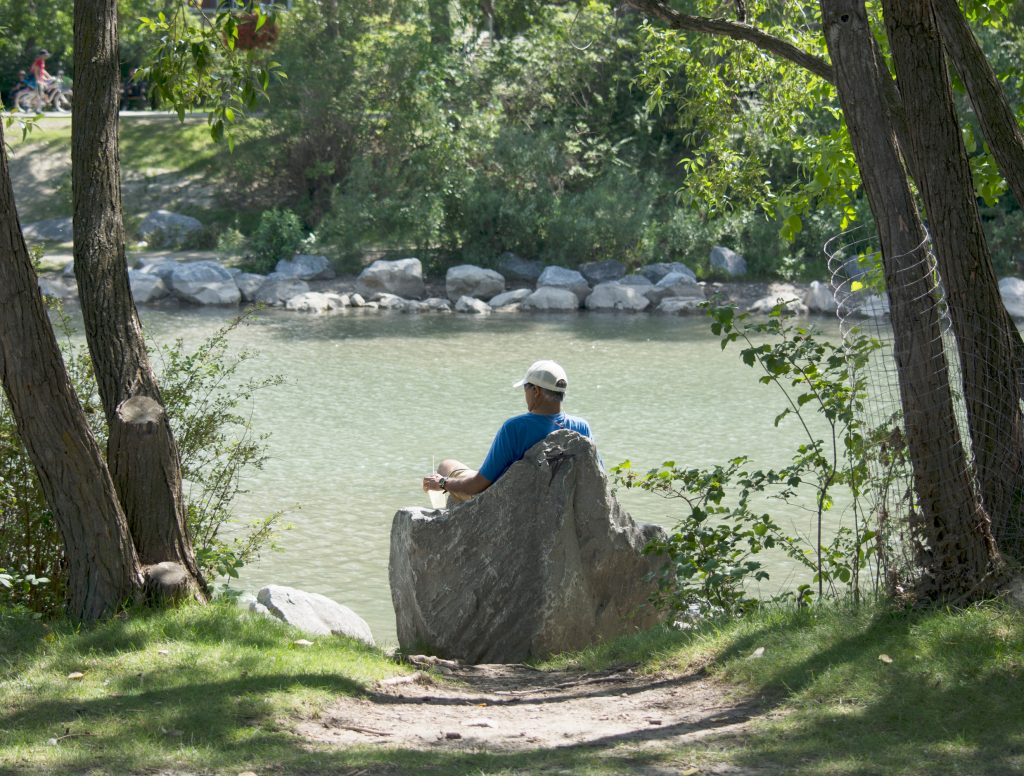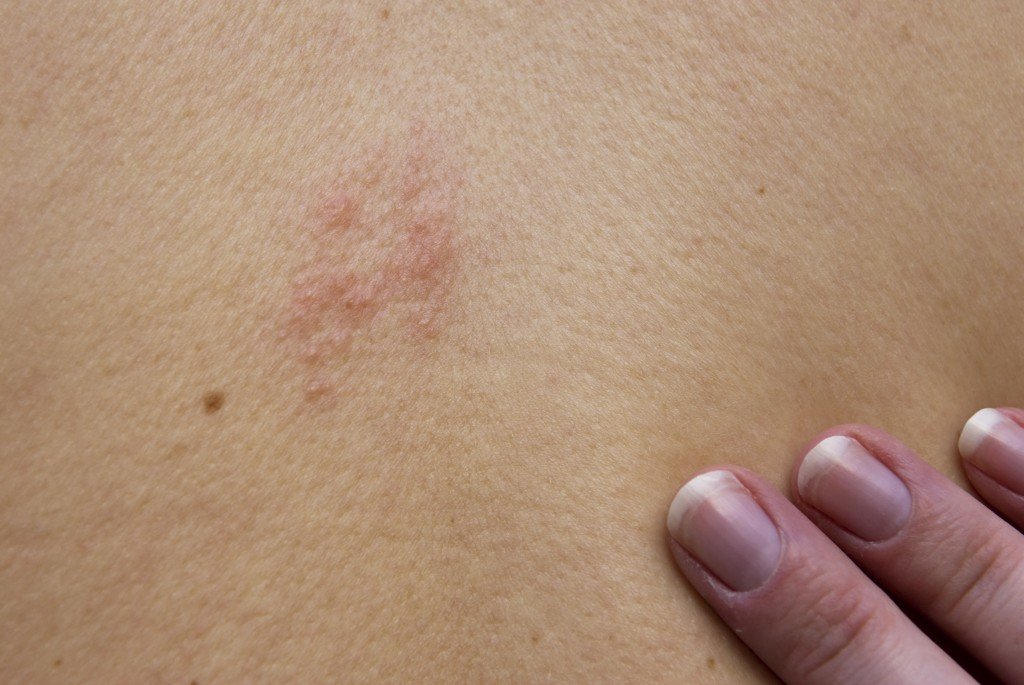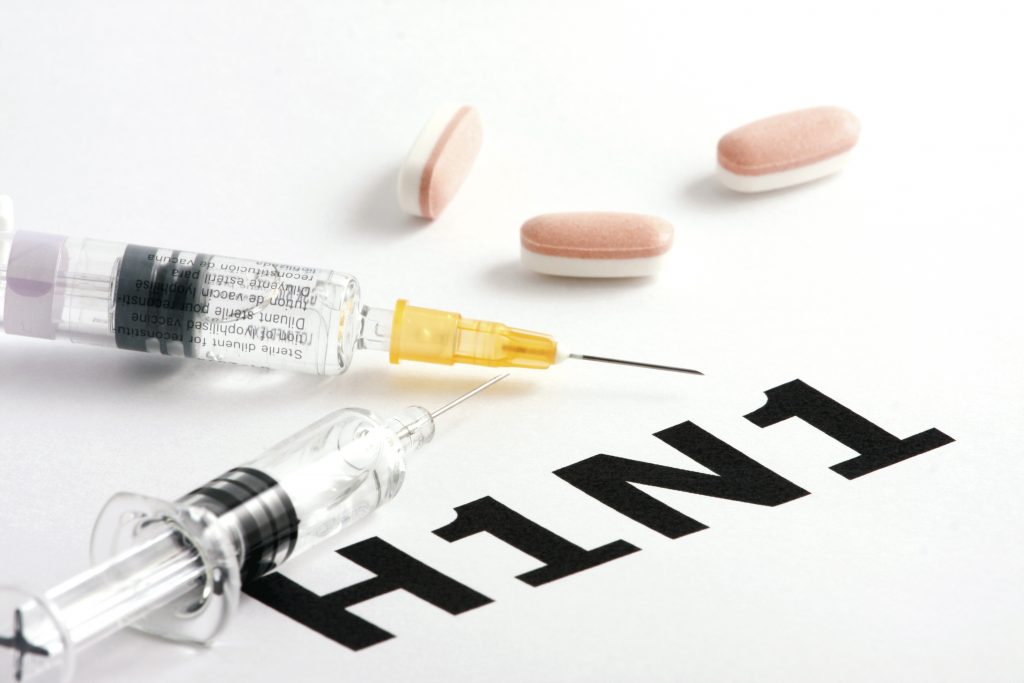“Homeopathic vaccines hurt people and hurt our society. Warning labels will help but nosodes should be banned,” says Canadian Medical Association (CMA) president-elect Dr. Chris Simpson. He was expressing his thoughts on Twitter on the subject of homeopathic remedies.
According to Wikipedia, homeopathy is a system of alternative medicine created in 1796 by Samuel Hahnemann, based on his doctrine of “like cures like”, according to which a substance that causes the symptoms of a disease in healthy people will cure similar symptoms in sick people. Homeopathic remedies are found to be no more than a placebo, and homeopathy is widely considered a pseudoscience.
Those who believe in homeopathic therapy will not agree with what CMA or Wikipedia has to say. But I would like to summarize what their opinion is and let the readers decide what is good for them. Unfortunately, doctors cannot cure everything and people tend to go for alternative therapies. It comes down to personal choice.
According to CMA article, nosodes is advertised and sold in Canada to prevent flu and other illnesses but carry the potential for harm. Nosodes are ultra diluted forms of diseased tissue, pus, blood, or excretions of a sick person or animal that some homeopaths and naturopaths sell.
Health Canada has new guidelines for nosodes licensing. The guidelines require the packages to be labeled with a warning: “This product is not intended to be an alternative to vaccination.”
Members of the BC Medical Association and CMA have written letters to the federal government asking for stricter standards to be applied to natural health products to ensure what goes on the shelf is safe and effective, says a media report.
Health Canada says nosodes are not vaccines. It goes on to say, “Health Canada has not licensed any homeopathic medicines for the purpose of providing immunity to a communicable disease. Vaccinating yourself and your children continues to be the most effective way to prevent and control vaccine-preventable diseases.”
Get ready for the flu season. Do not forget to protect yourselves with vaccinations, healthy diet and regular exercise. Remember what Thomas La Mance said, “Life is what happens to us while we are making other plans.” I know about that quite well. Cheers. Talk to you again soon. Stay healthy.
Start reading the preview of my book A Doctor's Journey for free on Amazon. Available on Kindle for $2.99!



